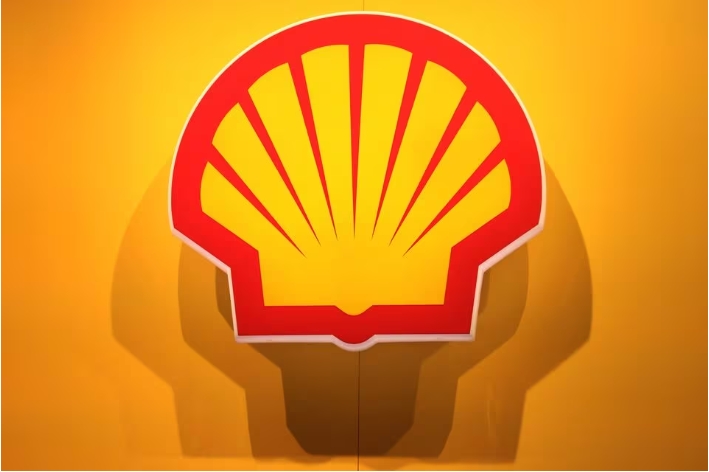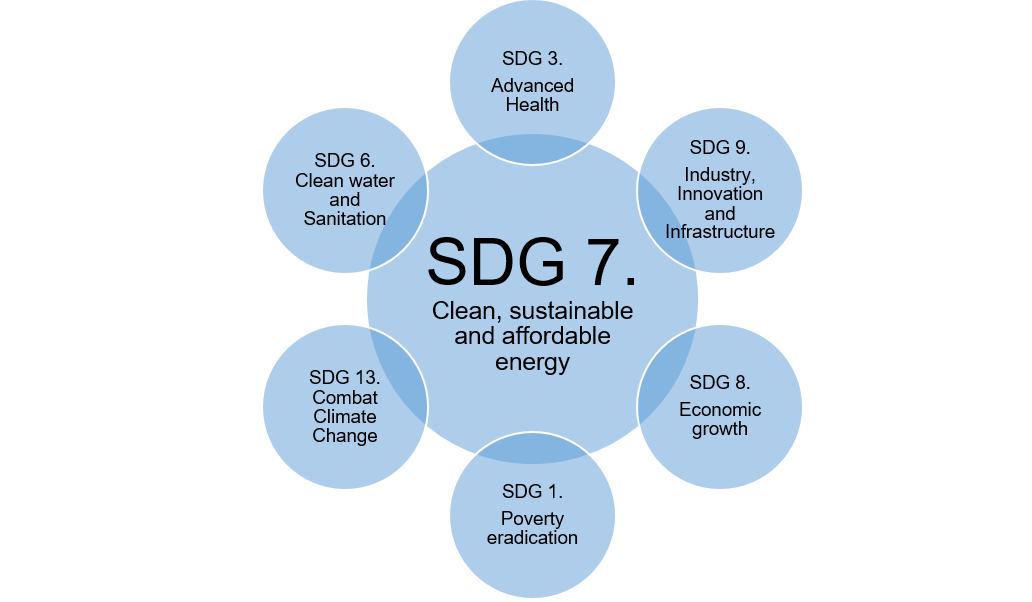
Under the deal announced today, Reabold will hold a 69.9% interest in the West Newton oil and gas field and licence PEDL183 through its stake in Rathlin. Reabold also has a 16.6665% direct interest in PEDL183.
In September 2024, annual accounts reported that Rathlin did not have enough money to meet its drilling and abandonment commitments at West Newton.
Rathlin said it was looking for new funders and may seek to delay more of its obligations.
It failed to meet the commitment to drill and test a new deviated or horizonal appraisal well for the West Newton field by June 2024. It also missed the same deadline to recomplete or sidetrack and test one of three existing wells at West Newton.
A revised work programme for PEDL183 has been agreed by the industry regulator, the North Sea Transition Authority (NSTA), Reabold said today:
By 30 June 2026: re-enter and recomplete or sidetrack on of the currently suspended wells
By 30 June 2027: re-enter and recomplete or sidetrack one of the remaining suspended wells or drill and complete a new deviated or horizontal well
By 30 June 2027: submit a field development plan
PEDL183 was issued more than 16 years ago in July 2008.
Planning permissions for two well sites, West Newton-A and West Newton-B, were first granted in 2013 and 2015.
Rathlin Energy has drilled three wells and a sidetrack at the sites. One well (WN-B1) had “insufficient reservoir development”. Work on the sidetrack (WN-B1z) caused damage to the surrounding formation.
West Newton-A’s exploration consent has been extended twice. The site got planning permission in March 2022 for long-term production. West Newton-B’s planning permission was extended by three years in 2022.
Rathlin applied to the Environment Agency (EA) in September 2024 for consent to inject fluid and proppant into the WN-A2 well. The operation, described by the company as “reservoir stimulation”, is designed to improve flows of gas and liquids. It is regarded by the EA as a low-volume form of fracking because the injection pressure is high enough to fracture rocks.
Reabold described the operation as “a key step in fully de-risking the subsurface characteristics of the project at limited cost”.




